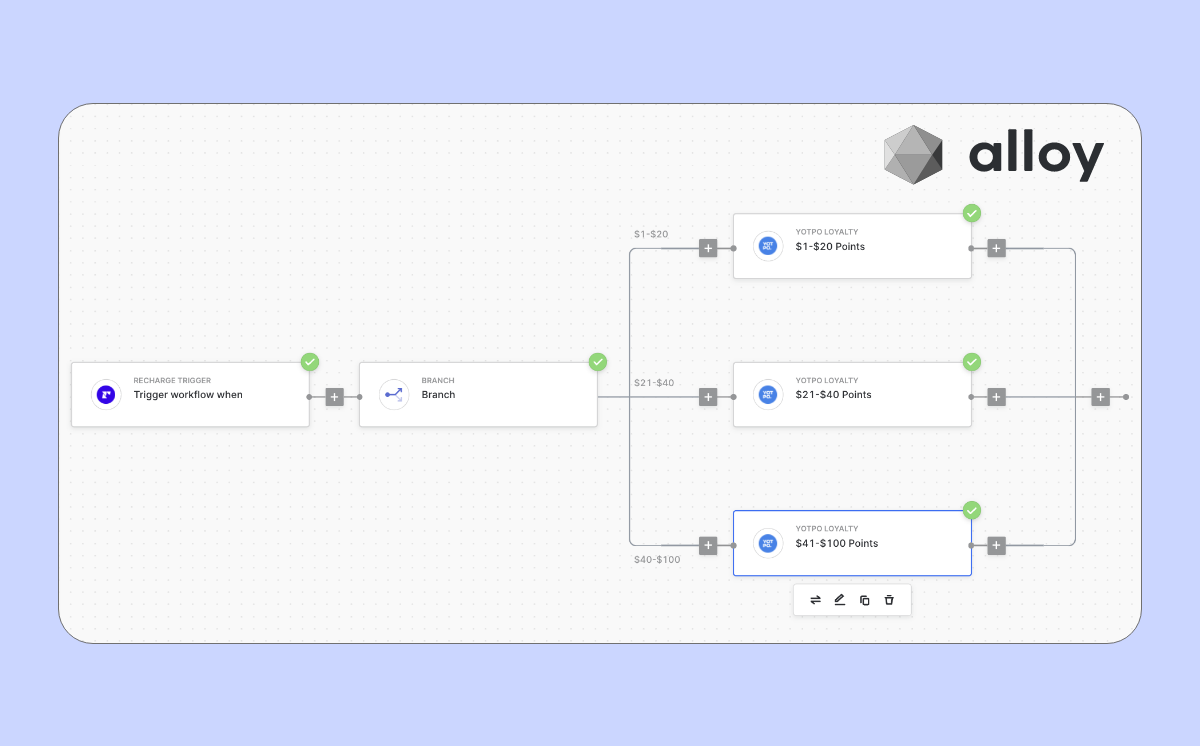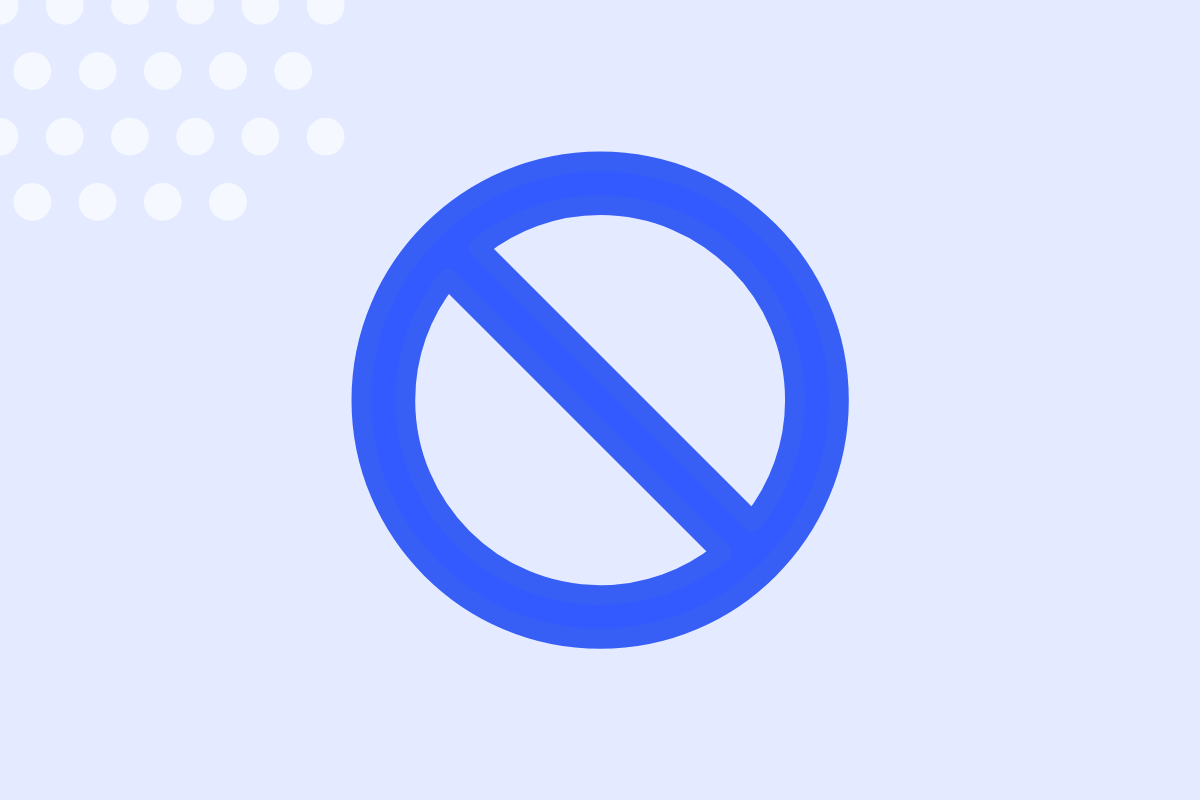Out with big box in-store beauty retailers. In with niche eCommerce stores with loyal followings.
At least that's what the statistics are telling us. Among all vendors, the health and beauty industry is smashing all expectations—it significantly outperformed overall eCommerce expectations in North America in 2022, and sales last year doubled those in 2019.
But how? 🤔
With consumers no longer responding to vanity marketing, beauty brands are finding new ways to connect with customers. A big part of this strategy is why email marketing for beauty brands has morphed into a way to connect with customers using educational content and more information about ingredients and environmental impact.
In this piece, we're going to walk through why a successful email marketing strategy is so important for beauty brands in 2023 and how to build one that connects with customers.
Let's get started.
Why is email marketing important for beauty brands?
Email marketing is essential for beauty brands because it allows you to engage with your audience on a deeper level and build trust with customers.
Of course, email marketing is also a great way to drive revenue. The online health and beauty industry is set to reach almost $450 billion by 2027. And a report by THG Ingenuity into customer trends found buyers now approach beauty products in a methodical way and focus on ingredients and functionality.
“We are speeding into the age of the expert," Martin Raymond, co-founder of The Future Laboratory, says in the report.
"For beauty and wellness this equates to research, testing, proof points and facts that will foster understanding, trust, and positive sentiment among audiences."
Email marketing is the perfect place for beauty businesses to make their case. There is enough room in an email to educate customers about products, build trust and offer personalized skin care and beauty recommendations.
The result?
Customers who trust your brand, and more money in your pocket.
//[inject:ad-demo]
How to create a successful email marketing strategy for beauty brands
1. Define your target audience
The very first step of any digital marketing strategy is digging deeper into your customers needs.
You need to know what beauty products they like, what customer experience they expect and how much they're willing to pay. This information will make up the buyer persona for your brand, which can then be used in targeted email marketing campaigns. To create a buyer persona, you need to:
- Gather information. Get to know your customers and collect data like their age, gender, location, interests and buying behaviors. There are lots of ways to do this, but start with website forms and social media analytics to wet your feet.
- Create customer profiles. Use the information to create detailed buyer personas to help with email campaigns. These personas represent fictional customer profiles your brand can use to target different types of customers depending on needs, buying habits and budget.
- Refine your personas. Once the buyer personas are in place, search for patterns and behaviors in your customer base. Look at their shopping habits, product preferences and spending to help sharpen the personas so they are accurate.
We love how The Inkey List collects info from customers to build out detailed buyer personas.
Its tagline, Knowledge Powered Skincare Products, reflects its customer journey strategy, where customers are asked about their age, skincare approach, concerns and skin type. Here's what that walkthrough looks like:

Collecting this information early in the customer journey helps The Inkey List create super-detailed product recommendations that resonate. Not only does this help build immediate trust with new customers, but it also means more sales in the brand's pocket 💰
This is a perfect example of why getting as much information as possible as early as possible helps create accurate buyer personas. With this data, you can better understand your target audience and build email marketing campaigns that resonate to drive customer engagement and sales.
2. Choose an email marketing service provider
Next, pick an email marketing service provider to create, plan and send all of your email campaigns.
Not going to lie, it's a minefield out there and there are tons of tools to choose from 🤯
To help narrow your search, look for an email marketing service provider that has:
- The right features for a beauty brand. Can it create and send emails, manage subscriber lists and track email metrics?
- Email campaigns + workflows out of the box. Can you build custom email campaigns, target cart recovery and recommend products to customers?
- Integrations that will help the brand grow. Does it integrate with the rest of your eCommerce tech stack, like your brand website, social channels and marketing tools?
- Sensible pricing. Does it fit with your marketing budget and offer room to scale as your brand grows?
- Killer customer support. The beauty industry is competitive and your marketing needs to be on the ball. Does the email marketing service provider have a team that can help with changing needs and recommendations to help you grow?
Ultimately, the right email marketing service provider for your beauty brand will depend on your brand's specific needs and goals. We're biased, but we think Sendlane ticks all these boxes: it's built for eCommerce, has multi-channel automation and it's affordable for growing brands. Check out what's under Sendlane's digital hood here 👩💻
3. Build an email list
You're getting to know your audience and you have an email marketing tool picked out—it's time to build (and grow) an email list.
Email lists are basically groups of customers that are organized under tags and categories so it's easier to target them with personalized content. For example, you can create an email list of all the contacts you want to send out updates or offers. Or, create a more detailed list using tags that you can use to separate customers that purchase specific products or spend a certain amount.
But before doing all that, you need to bring all the customers to the yard and get them to sign up for your list. So, think about offering an incentive or reward using pop ups to make it worth their while.
Haircare brand Lunata Beauty did this by allocating 5% of its total ad spend to a campaign that had a single goal: to grow its email list. And the campaign's incentive to get customers to sign up was a little different—if offered early access to an upcoming sale.

Lunata Beauty's website has a pop-up that encourages shoppers to join their mailing list
The strategy worked. Black Friday/Cyber Monday (BFCM) revenue doubled and the conversion rate jumped 200%. The brand's co-founder Stacey Boguslavskaya said the tactic paid off and it would be allocating more ad spend in the future to continue to grow its email list! 🚀
4. Segment your email subscribers and customers
Think about the last time an email landed in your inbox that didn't speak to you: did you read it, or bin it? 🤔
I can probably guess where the email ended up 🗑️
You're not alone—and your customers feel the same. In fact, 72% of consumers say they will only engage with emails that are targeted towards them. To achieve this, you must segment customers into smaller groups so it's easier to personalize content and offers towards their preferences.
Segmentation divides customers based on specific criteria, like:
- Demographics. Segment subscribers by their age, gender, marital status, occupation, education, and more.
- Characteristics. Split lists into smaller segments around customer interests, searches, product preferences and values.
- Conditions. Depending on how advanced your email tool is, you can even segment customers based on conditions like "and” and “or”. For example, multivariable segments can create lists of customers who have purchased red lipstick "or" pink lipstick as the color palettes are similar.
- Buying behavior. This segments customers based on their actions, so you can target contacts who haven't opened an email in a month or frequent customers who spend $200+ over the holiday season.
- Location. Segments customers on geographic location, like country, region, city or even smaller towns. This is super helpful for beauty brands selling products like sunscreen.
With the right email marketing service provider, segmenting customers within a list is easy. For example, In Sendlane, you can create segments based on a variety of factors like purchase history, product selection and overall spends. In the segment builder, just choose criteria from the list to build out a custom segmentation:

Example of the engagement-based segments you can build in Sendlane.
Segments can also be created with data straight from your eCommerce store if a deep-data integration has been set up. For example, your Shopify or BigCommerce store can talk to Sendlane and send over granular customer data like total spend, average order value or frequently purchased product types to help your email campaigns resonate with customers.
Pro-tip: Want to learn more about segmentation? Grab a copy of our eCommerce Segmentation Handbook to master segmentation and get more customers!
5. Measure your marketing metrics
Once your campaigns are up and running, it's important to track what emails customers are responsive to—and which ones miss the mark.
Again, tracking metrics can be done from inside your email marketing tool, but not all metrics are made the same. Some, like open rates, are considered vanity metrics (ooohhhh… controversial take?!) while others such as conversions give you accurate numbers of how many people buy products through your emails.
Here are three metrics you should track 👇
1. Clickthrough rate (CTR)
Click through rates track how many people click the links in an email after they’ve opened it. It's perfect to give you a surface-level look at how a particular campaign is engaging customers.
How to calculate it
# all opens ÷ # all clicks x 100 = click-through-rate (CTR)
2. List growth
It's important to track customer acquisition, how many people are subscribing to your list and how fast it's growing. This metric shows how well sign-up tactics are working, and if your email content is hitting the mark with current subscribers.
How to calculate it
# of new subscribers - # of unsubscribes / total list # x 100
3. Revenue per open
This metric calculates how much revenue each email campaign generates along with the overall ROI of every email you send.
How to calculate it
$ total per campaign ÷ campaign open-rate = revenue-per-open (RPO)
The last thing left to do for your email marketing strategy is to set it up for success.
6. Automate your campaigns
Finally, put your email marketing strategy on autopilot so you can engage with customers 24/7.
Email automation helps brands to talk to customers at every stage of their buying journey at the right time. Not only do automated email flows have a 70.5% higher open rate, they also have a 152% higher click-through rate compared to generic newsletters.
The best news is setting up automated emails is easy. Once the content for your campaign is ready, you can then build automated sequences inside your email marketing tool. Just check out this automated abandoned cart in Sendlane:

Each email in the sequence is triggered by an event (in this case, wait times) so every message hits the customer's inbox at the right time. Some email marketing platforms even incorporate multi-channel marketing automation so you can promote it across SMS and your brand's social feeds.
Automating email campaigns is the best way to get your brand's message across, nurture customers and boost sales.
//[inject:ad-multi-automations]
Best examples of email marketing for beauty brands
Product launches + recommendations
It seems like beauty businesses are launching new products every day.
There's no doubt it's a crowded market, but a well-planned product launch email campaign can help your beauty brand stand out. A report by eMarketer found 28% of big-box stores won customers over on price, 64% of shoppers who valued quality said they were more likely to shop directly from a site.
This opens up a huge opportunity for beauty brands to connect with customers on a deeper level and win them over. After all, beauty and skincare are personal, so once you gain trust by recommending products customers love, your brand has won half the battle.
We love how Lady Gaga's latest project, Haus Labs, focused on a message of clean and simple skincare 👇
Real brand example: Haus Labs by Lady Gaga

First launched in 2019, Haus Labs is a beauty brand that mixes science and innovation with creativity to connect with its customers. It targets all genders and uses its messaging of clean makeup and sustainable ingredients to win over conscious consumers.
What we love about Haus Labs' product recommendations is they are split into categories (lip, face, eye, brow) and also by collection (like artistry or future collections) from the very first email.

This helps Haus Labs collect data on subscribers super early in the buying journey so each email from that point forward is more targeted towards their preferences. We love that!
Educational content
Beauty products are going through a revolution.
In previous decades, marketing campaigns would focus on fully made-up models and echo a message of perfect complexions. Now, consumers are embracing the realities of everyday hair and skincare, and beauty brands have a chance to connect with them on a whole different level. And according to recent statistics, spending across all segments, from cosmetics to personal care, is growing:

Beauty brands can now use educational content, like helping customers understand product ingredients or perfect their routines, to win them over.
Here's how one beauty brand does just that 👇
Real brand example: Codex

Codex Labs is a US-based beauty brand that specializes in creating products using science and clinical trials.
The brand uses its product development to educate customers on ingredients and skincare routines. Dr Barbara Paldus says she launched the beauty brand Codex to educate customers and develop products that were backed by data, clinical studies and information.
Instead of historical marketing tactics, Codex uses its science-based information to influence customers by presenting itself as a skincare professional. The result is more trust from consumers and growth in product sales.
Connect your beauty store with customers through email marketing
Beauty is changing. Customers want more information, and brands need to position themselves as educators.
While channels like TikTok and Instagram are perfect for selling products, email can help you build trust with customers using educational content and personalized recommendations. Email gives beauty brands the space to tell their story, showcase why they are different and talk customers through what makes their products a good fit.
The best beauty email marketing strategies have a secret weapon: an email marketing automation tool. With a tool like Sendlane, you can build custom email marketing campaigns, collect important customer data and make sure your messages hit their inbox at the perfect time.
Over time, this builds trust and can help your beauty brand win customers for life 🥳
Request a demo for a personalized consultation or get started now by signing up for a 60-day free trial of Sendlane!
Want to learn more about email marketing? Check out our similar posts:
10 Best Email Marketing Automation Software for Business Growth
8 Email Marketing Examples for Food and Beverage Brands
Email Marketing for Electronics and Gadgets Stores in 2023
Email Marketing Best Practices for Pet Brands in 2023

%20(1).png)
%20(1).png)




%20(1).png)
.jpg)


.jpg)
.jpg)


.jpg)





.png)



.png)





.png)


.png)

.png)
.png)

.png)
.png)

.png)

.png)


.png)
.png)
%20(1).png)
.png)









.png)











.png)
.png)

%20(1).png)

%20(1).png)



.png)


























.png)











































.jpeg)



.png)




























.png)



.png)

.png)

.png)
.jpeg)


.png)













.png)

.png)










.png)












.png)






































.png)



.png)

.png)

.png)
.png)

.png)
.png)

.png)

.png)

.png)






















